Modern lens SUMMILUX M 35mm ASPH.
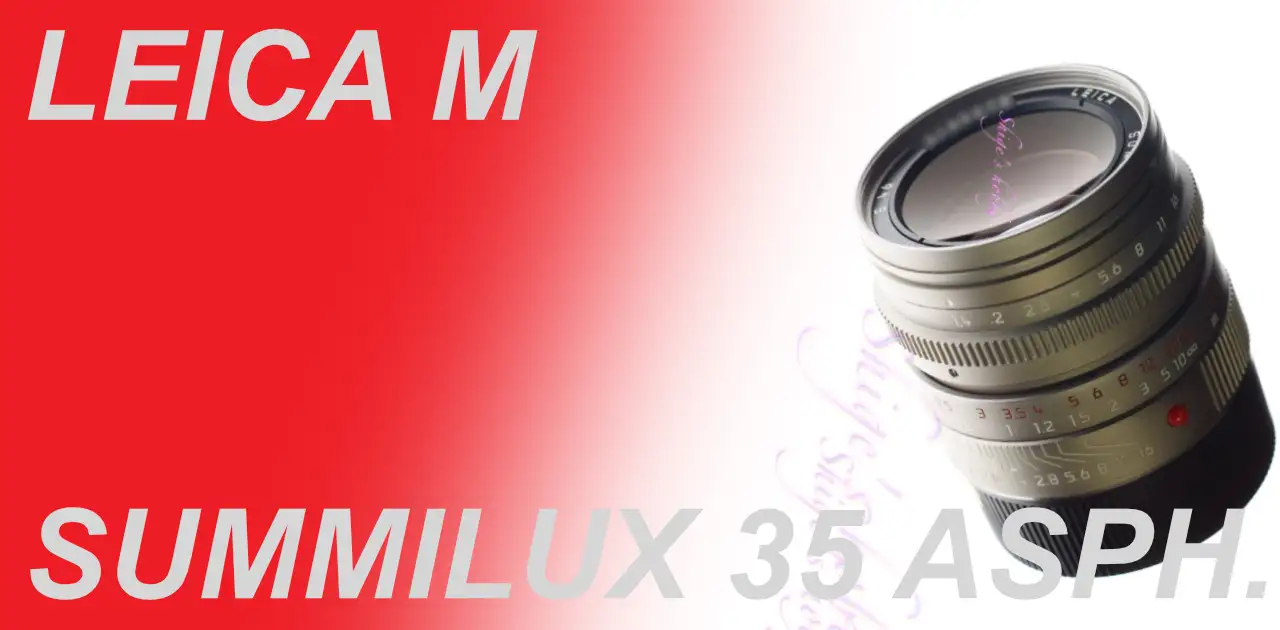
A review and Photo example SUMMILUX M 35mm F1.4 ASPH. Titan color.
Table of contents
Gallery
- The example photos are taken with LEICA M10, LEICA M6 + FUJIFILM VALVIA50 + NIKON COOLSCAN-V.
Review
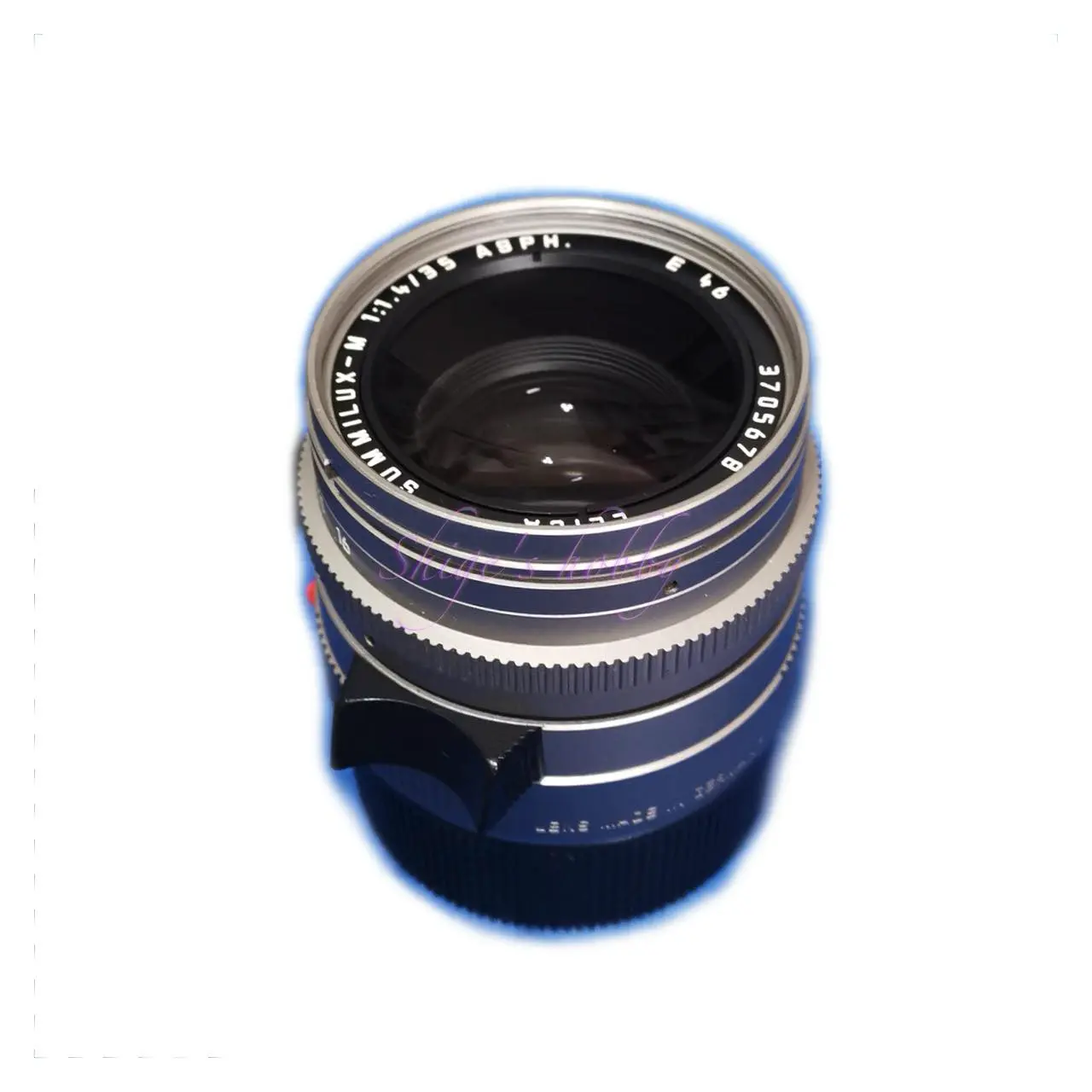
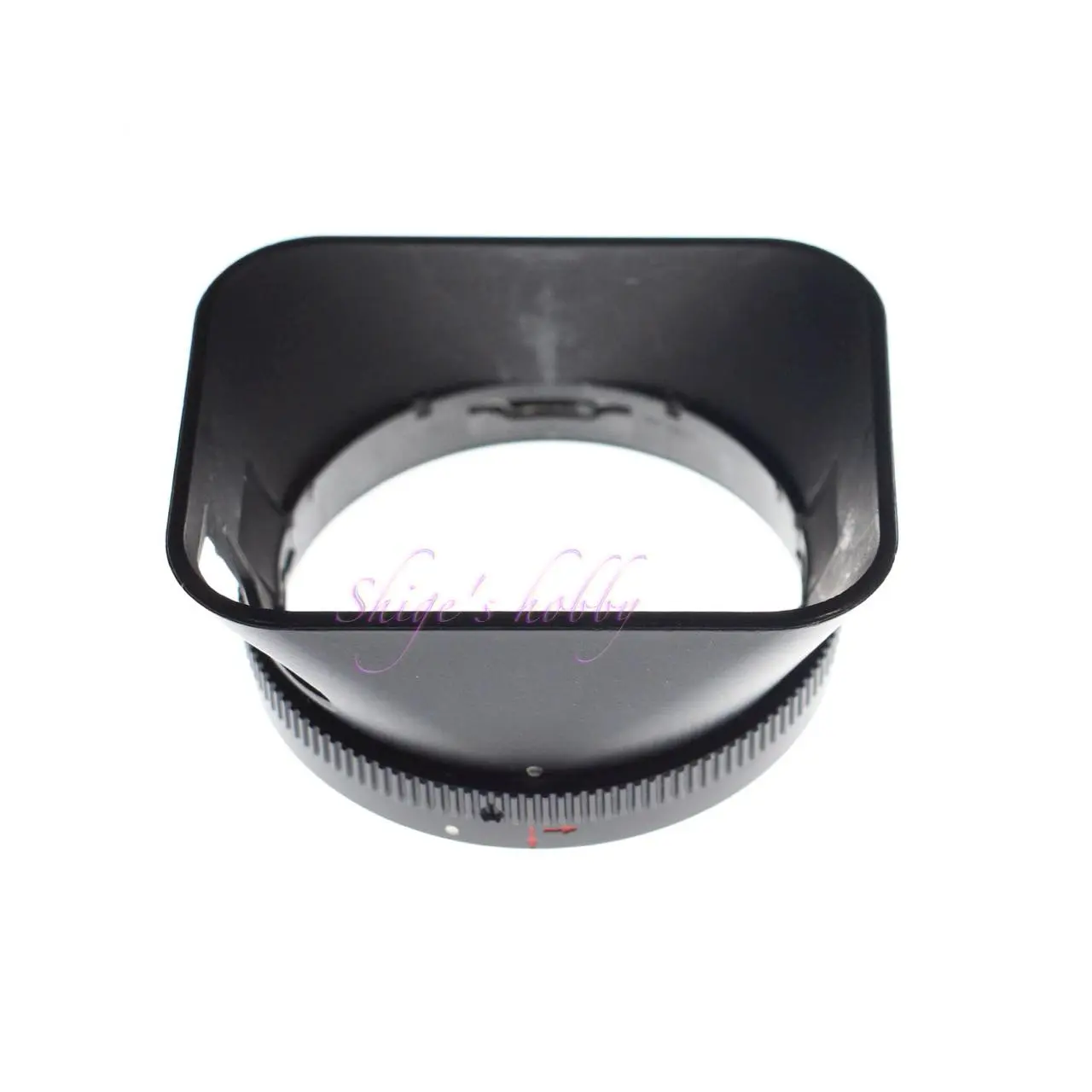
1.Overview
The Summilux 35mm F1.4 ASPH. is a Leica M mount lens with a focal length of 35mm that was produced from 1993 to 2010.
Because the mount shape is new, it is possible to officially modify it by adding a 6-bit code for lens recognition.
It has been released in three colors, black, silver, and titanium, and a total of nearly 20,000 units have been produced. From the list, it can be seen that the silver version is around 3,000 to 4,000, and the titanium version is around 1,000 to 2,000.
The lens is made up of a concave front lens, symmetrical with four elements in the front group and four in the rear group excluding the aspherical lens. New models after this lens have adopted a floating mechanism, which is said to improve image quality when shooting close up.
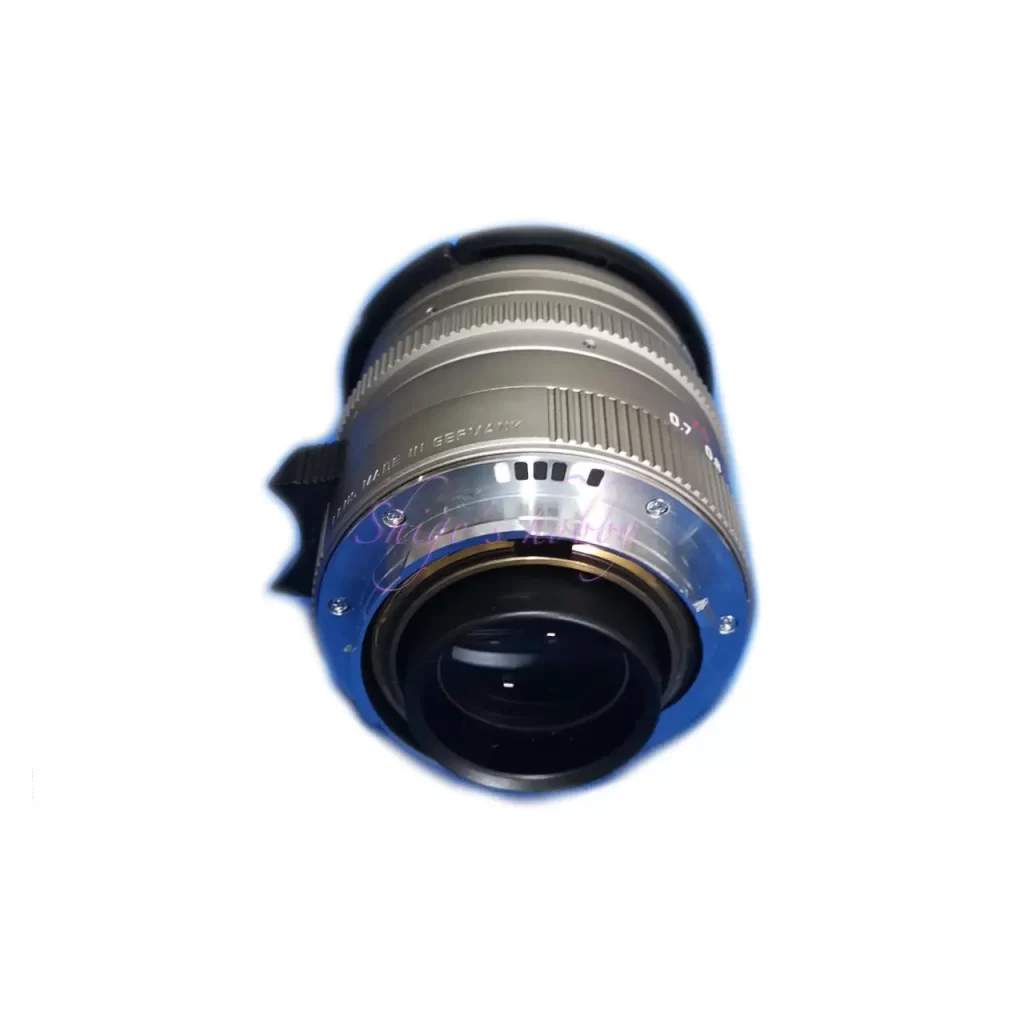
2.Usability
Introducing the second generation Summilux 35mm F1.4 ASPH. aspherical lens, a titanium color version of the old model with a hook-type fixed hood.
The image has good resolution even at full aperture, vivid colors, and flawless depiction with well-corrected distortion and curvature, giving it a similar atmosphere to the 50mm F1.4 ASPH.
Looking at past photo data, it seems that I often took it out on rainy days, and I feel that it is a lens that expresses the glossiness of rain well.
Among rangefinder lenses, this lens was very close to being the last, and although I owned both spherical and aspherical Summilux 35mm lenses, I kept the spherical lens.
The reason why I did not keep the aspherical lens is that compared to the spherical lens, it can be used from the widest aperture and has a minimum shooting distance of 0.7m, which is superior in terms of specifications, so it would be reasonable to keep it, but the aspherical lens has a large lens body and I like the flat and undulating lens barrel design, and the helicoid feeling was light and not very good, so I decided to let it go.
It is a lens that I have used quite a lot and have a lot of attachment to, shooting with the LEICA M9, LEICA M typ240, LEICA M-P typ240, LEICA M10 and full-frame digital Leica, and the M6 and film.
3.Summary
In conclusion, to sum up the Summilux 35mm F1.4 ASPH., it is a lens that provides a calm depiction with both film and digital, and has a good balance between resolution and emotional depiction.
Specification and Competitor
The Summilux M 35mm has evolved from spherical type (1960), hand-polished aspherical type (1988), aspherical type (1993), floating element type (2010), aspherical type, hood built-in, floating element type, aspherical type (2022).
The spherical type is introduced on a separate page, so here we will only describe the aspherical type.
The Summilux M 35mm Aspherical, which was first released as an aspherical type in 1998, is easy to understand because it is written as Aspherical on the lens nameplate. It is quite expensive even on the used market, so you will immediately know if you see one. In the early 2010s, I saw Summilux M with the ASPHERICAL marking at a price that I could just about afford, but after passing on two of them, it is now the 2020s and is no longer a price that I can afford. Even if you own one, it is difficult to decide the right time to sell it, so I try to think of the things I didn’t get as something that was never meant to be.
The second generation of aspherical lenses introduced here is available in three colors and has been manufactured for a long time.
In 2010, a lens was released that adopted a floating element in the lens group that adjusts the focus and changed the hood from a hook type to a screw-in type. It is said that the floating element improves the depiction performance when shooting close up, but it is difficult to judge due to the influence of lighting conditions in normal shooting, so it is difficult to recognize the difference unless you compare it with the same lighting in a studio shooting.
The renewal in 2022 was a major one, and Leica has responded to the demands of the times, shortening the minimum shooting distance to 0.4m in consideration of use with mirrorless cameras, and changing the lens hood to a built-in type that is twisted and fixed after pulling it out, the same mechanism as the Summilux-M 50mm ASPH. In addition, the number of aperture blades has been increased to 11. The lens configuration has not changed from the 2010 model, and it is thought that the mechanism has been brushed up due to the evolution of the lens coating and the change in the lens barrel. Since the 2020s, lens prices have been rising due to factors such as the depreciation of the Japanese currency, and the price of lenses in Japan in 2024 will be around 1 million yen.
| Items | SUMMILUX ASPHERICAL | SUMMILUX ASPH.2nd | SUMMILUX ASPH.3rd | SUMMILUX ASPH.4th |
| Focal length(mm) | 35 | 35 | 35 | 35 |
| Max aperture | 1.4 | 1.4 | 1.4 | 1.4 |
| Min aperture | 16 | 16 | 16 | 16 |
| Lens Construction | 9 | 9 | 9 | 11 |
| Aperture blade | 5群9枚 | 5群9枚 | 5群9枚 | 5群9枚 |
| Min distance(m) | 0.7 | 0.7 | 0.7 | 0.4 |
| Lens length(mm) | – | 46.2 | 46 | 46 |
| Max diameter(mm) | – | 53 | 56 | 58 |
| Filter Size(mm) | E46 | E46 | E46 | E46 |
| Lens hood | Black 300 | Black 250 Silver,Titan 415 | Black 320 | Black 338 Silver 338 |
| Weight(g) | 12587 | 12589 | Screwed | Build in |
| Release date | LEICA M | LEICA M | LEICA M | LEICA M |
| Production numbers | 1988 | 1993 | 2010 | 2022 |
| Price(Yen/No-tax) | 1988-1993 4,000 | 1993-2005 18,404 | – | – |
| Floating element | none | none | exist | exist |
Comparison with DISTAGON T* 35mm F1.4 ZM
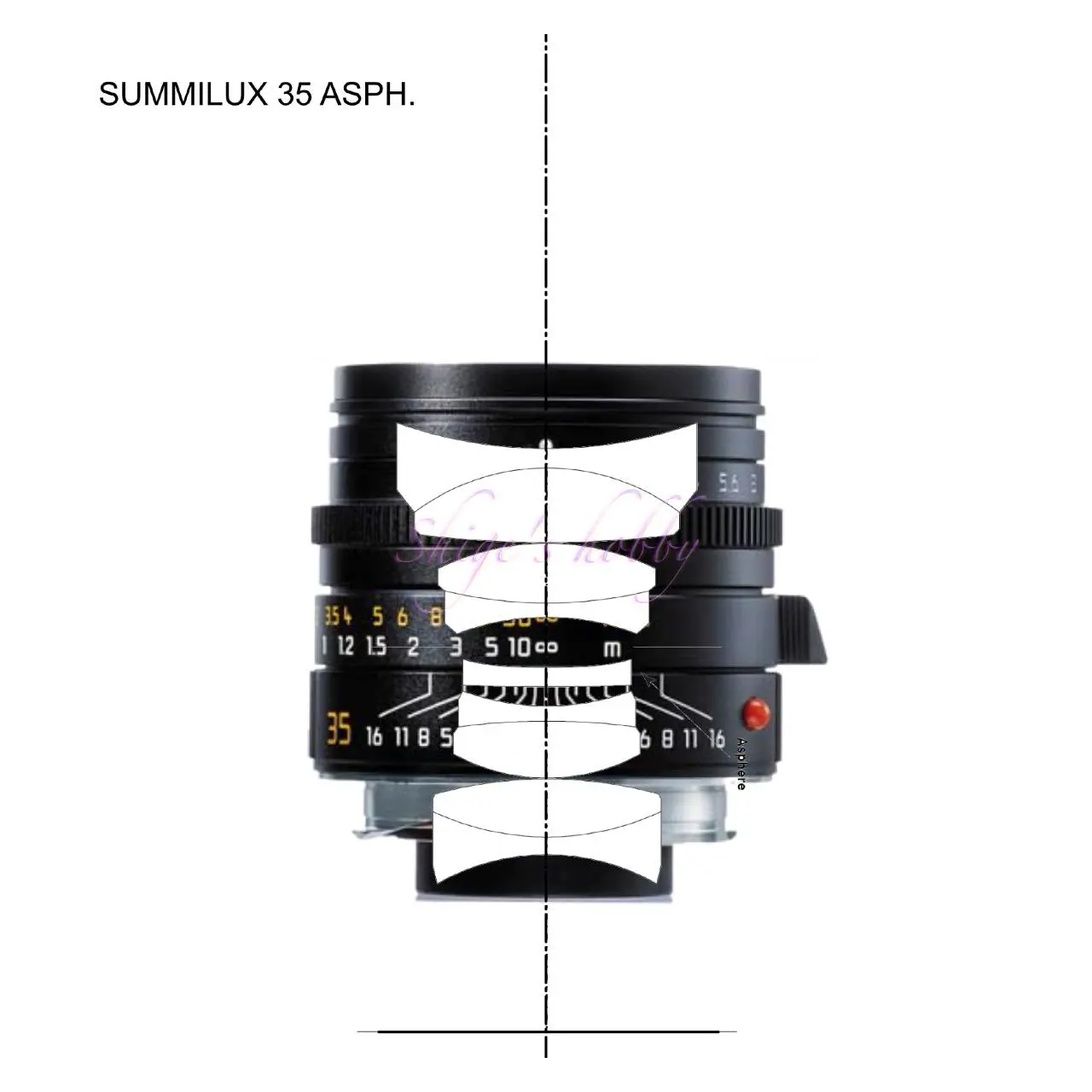
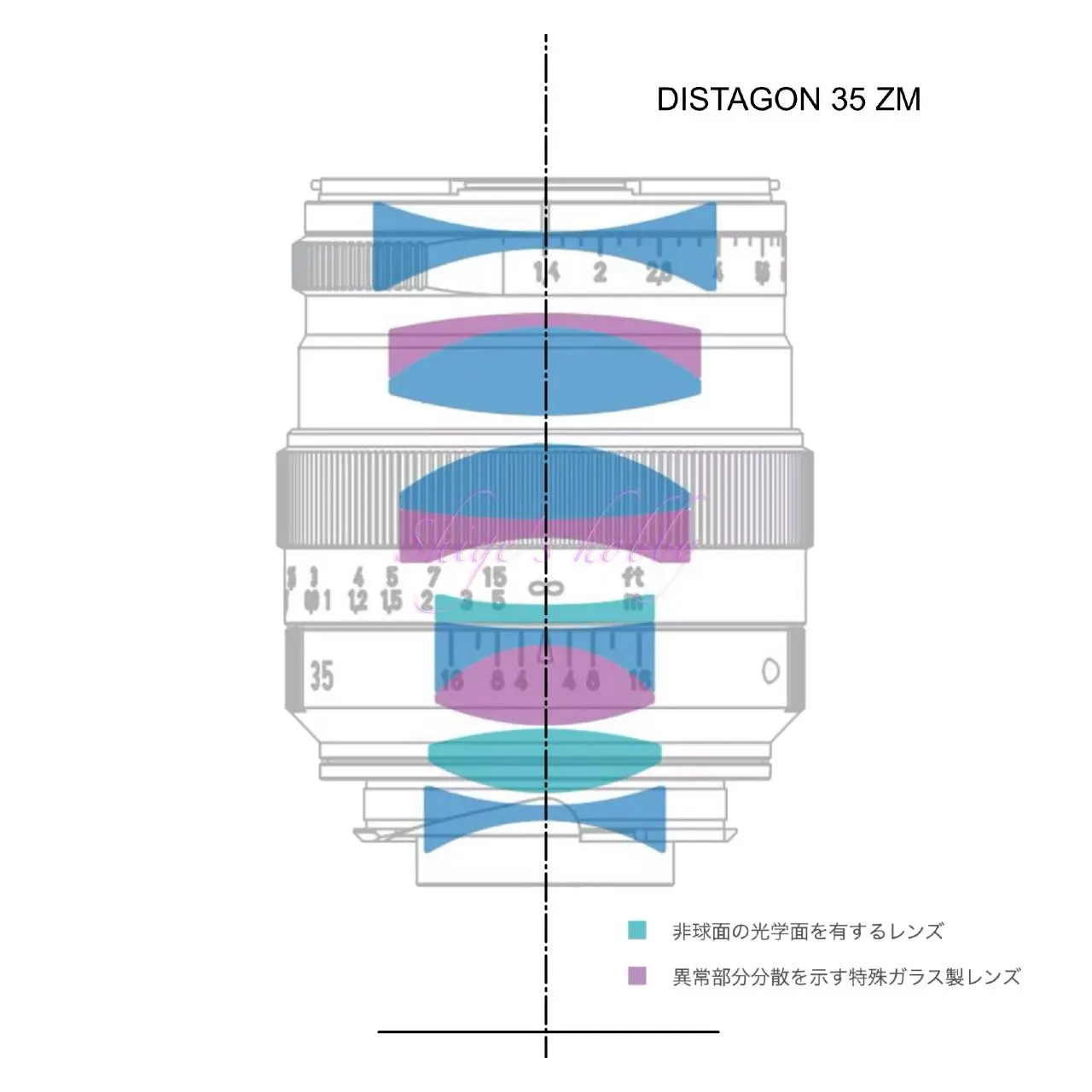
Comparing the SUMMILUX M 35mm ASPH. and the DISTAGON T* 35mm, you can clearly see how large the DISTAGON is.
It’s small compared to the 35mm F1.4 for SLR cameras, but it’s a fairly large lens for a rangefinder camera. When attached to a rangefinder camera, the SUMMILUX M 35mm ASPH. also feels like a large lens, so the size of the DISTAGON no longer looks like a lens for a rangefinder camera.
Reference links
- Leica Wiki 「35mm f/1.4 ASPH Summilux-M」
- SUMMILUX 35mm ASPH. 2022 Official Web-site
- SUMMILUX M 35mm ASPH. Using report(Japanese)
- SUMMILUX M 35mm ASPH. 2010 ver Specification PDF
- SUMMILUX M 35mm ASPH. 1993 ver Specification PDF
Update history
- 2024.11.6
- 2024.03.02:Update article
- 2022.09.17:First draft

Leave a Reply